Yes, you typically need to inflate your tires in cold weather. As we'll explain, low temperatures often mean low tire pressure, and low tire pressure could mean dangerous driving conditions.
With the promise of holiday travel up ahead, it’s time to prepare! Firestone Complete Auto Care is here to help you drive safer with a quick lesson on cold weather and tire pressure.
First, a quick science lesson: when the temperature drops, molecules in the air move slower and huddle together. When the temperature increases, molecules move faster and farther away from one another!
You can test this concept for yourself. Just set a basketball outside and wait! The ball will slightly deflate in the cold morning air, then re-inflate in the heat of the afternoon.
When this concept plays out inside your tires, it can affect your tire pressure.
That's because tires lose or gain 1-2 PSI (pounds per square inch) for every 10℉ change in temperature. So theoretically, your tires could lose 4 PSI over the weekend if the temperature drops by 20℉!
While your tire pressure should bounce back after the cold spell passes (assuming it does pass and your tires have no leaks or holes), low tire pressure shouldn't be ignored.
Low tire pressure can lead to:
A small decrease in tire pressure is hard for the naked eye to detect, but it can still have a big impact on your driving. Tires can lose pressure even when temperatures remain constant over the winter.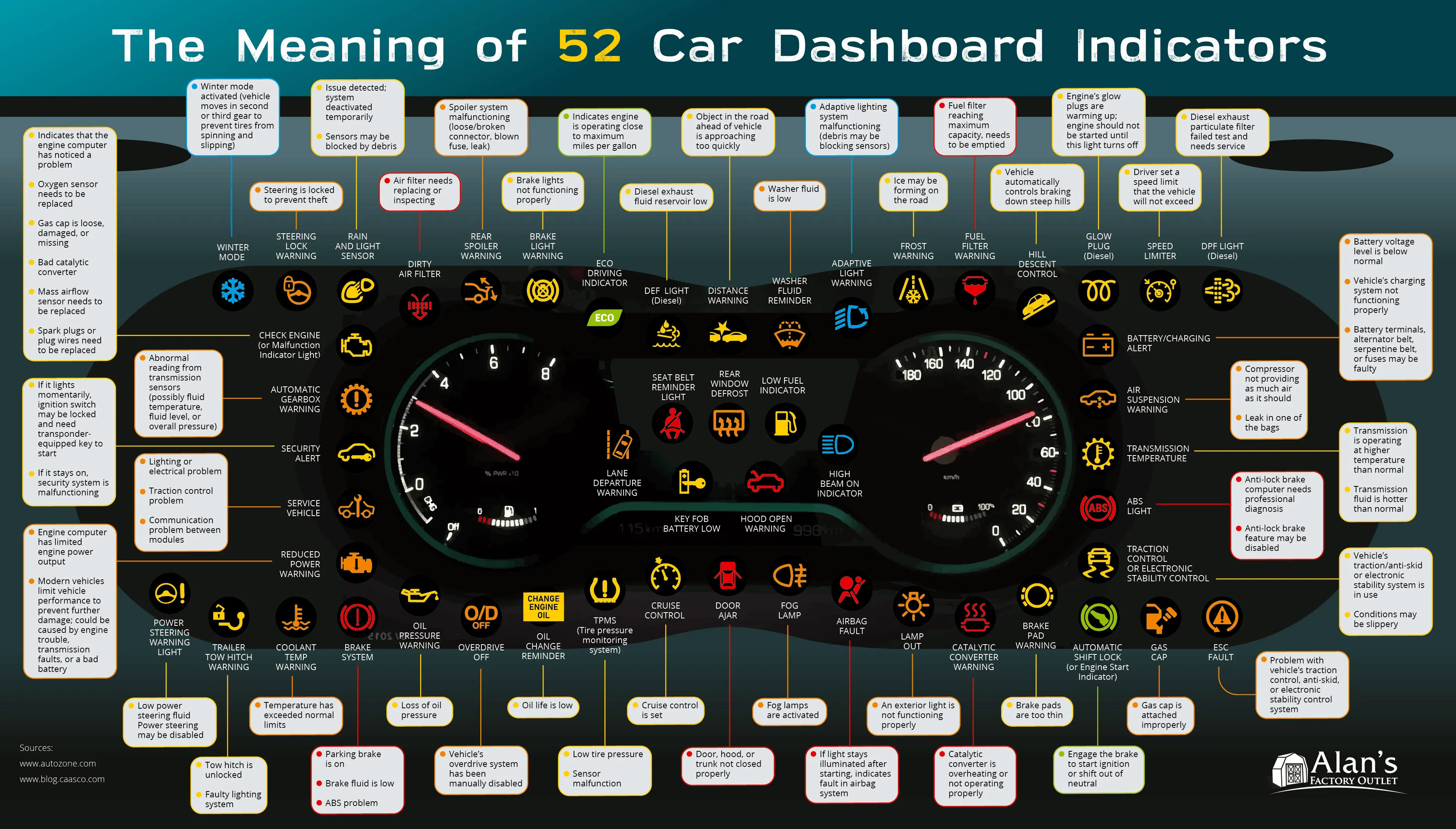 To be safe, we recommend checking tire pressure every other time you visit the pump, and especially when your TPMS light pops on.
To be safe, we recommend checking tire pressure every other time you visit the pump, and especially when your TPMS light pops on.
Here’s how:
You can find it written in your owner’s manual or on a sticker attached to your door jamb, glove box, or fuel hatch. Recommended tire pressure usually falls between 30-35 PSI for passenger cars. If you’re not sure, try our recommended tire pressure tool.
Measure your tire pressure before driving, not after, for the most accurate reading. This practice is referred to as setting the cold tire pressure. If your recommended tire pressure is 32 PSI, that means 32 PSI before you put rubber to the road and the tires heat up.
Tire pressure gauges can be purchased for a few dollars at most big box retailers. "Pencil" style gauges are cheapest and have a little stick that pops out with the tire pressure reading. Digital tire pressure gauges are a bit more expensive but are extremely easy to use.
Digital tire pressure gauges are a bit more expensive but are extremely easy to use.
This is the little black, blue, green or silver screw-cap on your wheel's valve stem. It should be plainly visible from the outside of your car.
Follow the instructions that come with your tire pressure gauge. If there's a hissing sound when you insert the gauge, it may not be properly seated on the valve stem. Re-adjust the angle of the gauge until the hissing stops. What's your tire pressure? Do your tires need to be inflated?
Repeat the process for each tire and note your tire pressure readings.
There's a good chance you'll need to inflate your tires in winter at least once. If your tire pressure is low, find your nearest air pump. Add air until you reach your recommended tire pressure, or visit your nearest Firestone Complete Auto Care and we'll inflate your tires for you.
If you need help with any of these steps, please don't hesitate to stop by a local Firestone Complete Auto Care. Summer or winter, sunshine or snow—our knowledgeable technicians will check the health of your tires, inflate them to the recommended pressure, and guide you in buying new tires if yours show an alarming degree of wear.
Home » How do Tire Temperature Changes Affect psi? (Explained)
What does temperature have to do with tires? Well, a lot it would seem.
Not only do outside weather conditions affect tires and their psi levels, but tires generate heat during their performance as well. Their combination will decrease or increase air pressure levels inside the tire and in extreme cases, it can lead to damage. But, how does it work?
Yes, tire pressure changes with temperature! Tire pressure in summer vs. winter is not identical, as for every 10 degrees change of Fahrenheit psi levels will change by 1. In other words, a tire loses air overnight if the temperatures drop and it can gain psi as the day warms up.
In other words, a tire loses air overnight if the temperatures drop and it can gain psi as the day warms up.
But, what does this mean?
The temperature a tire faces will determine its performance and durability. Not only are tires made to conquer specific weather conditions (and temperatures), but external temperatures also regulate their air pressure levels.
In an ideal world, all tires would run at their recommended tire pressure. However, that is not always the case. Depending on the outside temperature range, tires will perform differently.
Winter tiresHeat builds up on the tire tread no matter what we do. This happens both on sunny and cloudy days and it is a natural process.
However, what changes things is how a tire reacts to heat and pressure accumulation during the drive. Some models are designed to combat this phenomenon, but issues can still arise. Driving on tires outside of their intended conditions is one way to render their heat-resistance useless.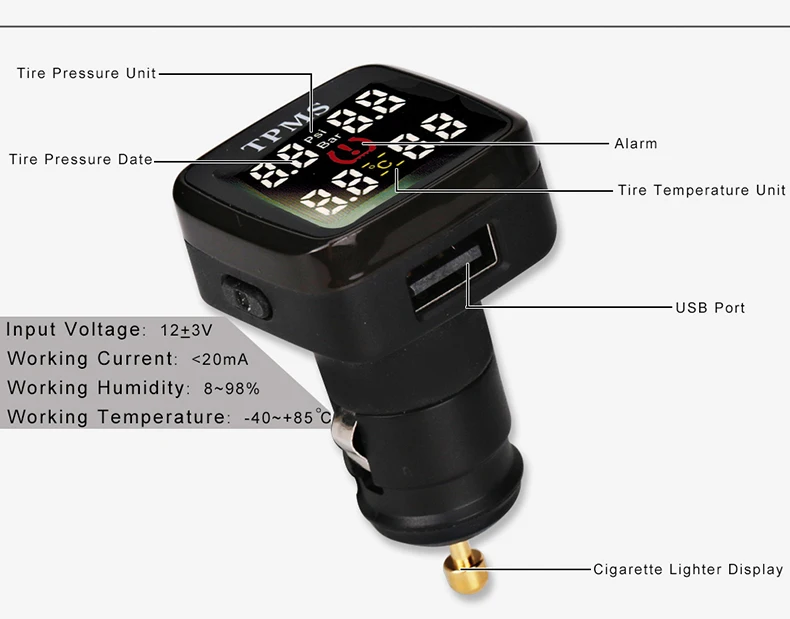
Tires heat up when they are rolling in all weather conditions. Yet, this heat accumulation will be greatly lower if tires are “used” correctly. By this, we mean both driving habits (hard braking, high speeds, sudden turns, and even the mechanical issues of the vehicle) and outside temperatures.
While we cannot control the weather, we can control how we drive. Not overworking the tires and using them in their intended conditions (summer tires in summer, winter tires in winter) will reduce the possibility is issues arising.
Summer tiresThinking about letting air out of your hot tires? Don’t do it!
Let us explain why…
While it might seem like a quick and easy solution to reduce air pressure levels in hot wheels, do not do it. It will lead to bigger issues.
The hot tires you are driving on will eventually cool down. If you let the air out of such tires, you face the risk of driving on underinflated tires – which will cause you versatile problems with tires.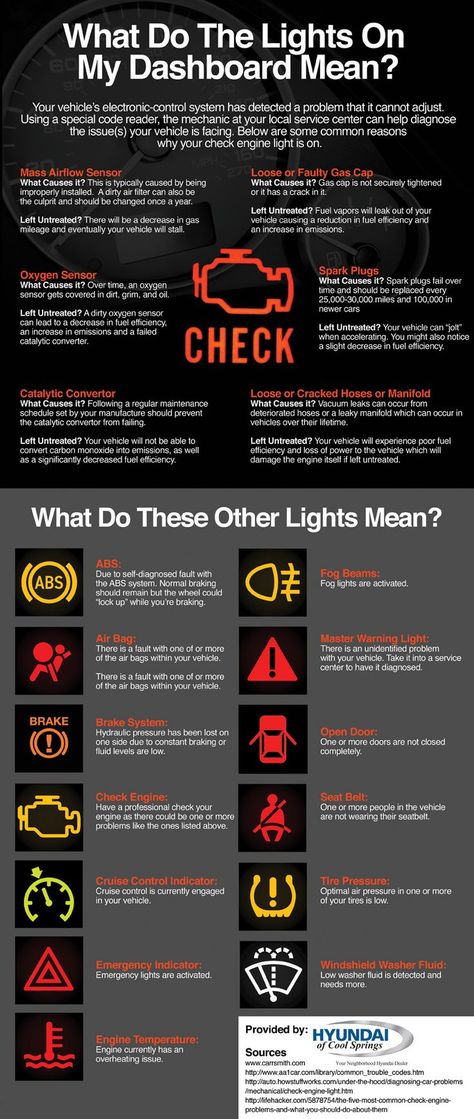
Let’s talk about what happens when you overwork your tires. It does not mean that you are a reckless driver. Simply that more pressure was placed on the tires than they can handle.
Consequently, how hot do tires get when driving?
As mentioned before, some heat build-up during the drive is normal. However, when that pressure becomes too much, the tire’s lifespan and integrity will suffer.
Tires get hot, but their temperature should ideally not exceed 195 degrees Fahrenheit. Once their temperature gets above this line, their tread wear becomes accelerated. On the other hand, a tire’s internal structure weakens at around 250 degrees Fahrenheit. When tires reach this temperature, they are at risk of a blowout.
A tire blowoutInteresting tire facts: At what temperature do tires melt?
Don’t worry, your tires will not start melting from regular use or from being out in the sun for too long (it is not good for them, though).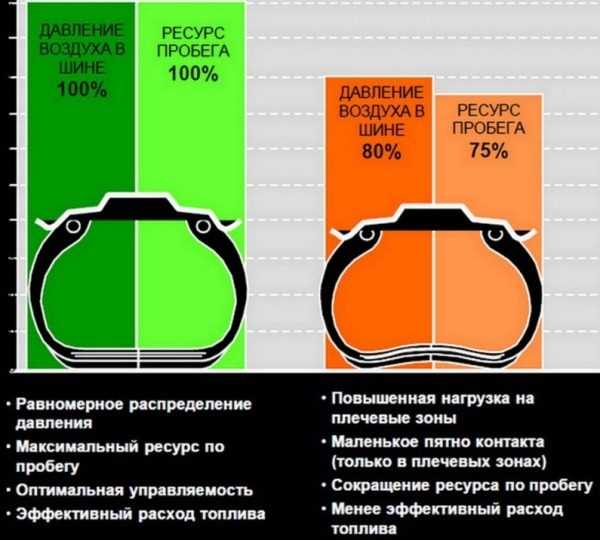 The rubber and structure of a tire will melt at approximately 1000 degrees Fahrenheit. Tires during their normal performance will not reach that temperature.
The rubber and structure of a tire will melt at approximately 1000 degrees Fahrenheit. Tires during their normal performance will not reach that temperature.
The UTQG tire rating system is a tire grading that shows the model’s heat durability. Well, the tire temperature rating part of the UTQG portrays it.
This is the last part of it, which is expressed with letters. The tire temp ratings range between A, B, and C. This rating shows the maximum tire temperature range. In order words, how good its heat build-up resistance is.
This rating system takes everyday driving and outside weather conditions into account when determining a specific tire’s rating. As tires can lose traction when heat accumulation occurs, the UTQG rating is important.
UTQG ratingFollowing the psi recommendations of tire manufacturers is important. The only problem is that those suggestions are for when the tires are cold.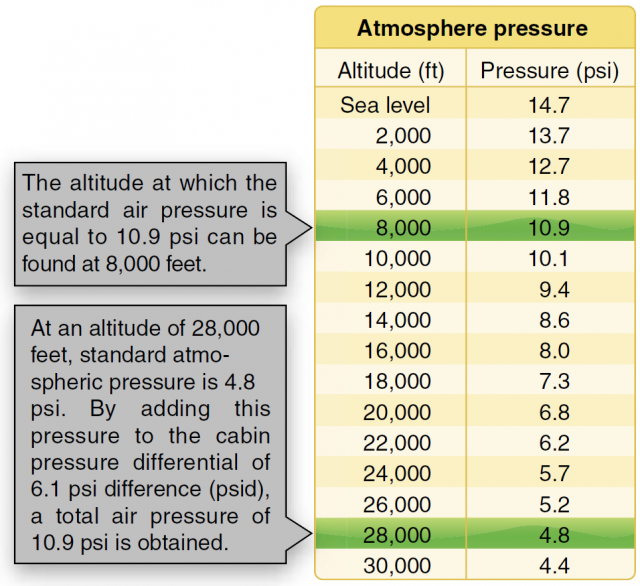
When you drive on tires, their temperature raises. This can cause air pressure levels to increase as well, making tire pressure checks harder. Yet, inspecting psi levels monthly is a good habit to have – especially if you live in areas where temperatures change frequently.
But, why is it so crucial?
Checking psi levels will help you prevent issues with your tires. When you drive on underinflated tires, you will face the following issues:
A great way to follow tire pressure levels is using TPMS sensors. This neat gadget is mandatory on all US vehicles manufactured after 2008 – for a good reason.
It lets drivers know when psi levels are below the recommended in the tires, minimizing the possibility of them driving on underinflated tires. However, some even include temperature sensors.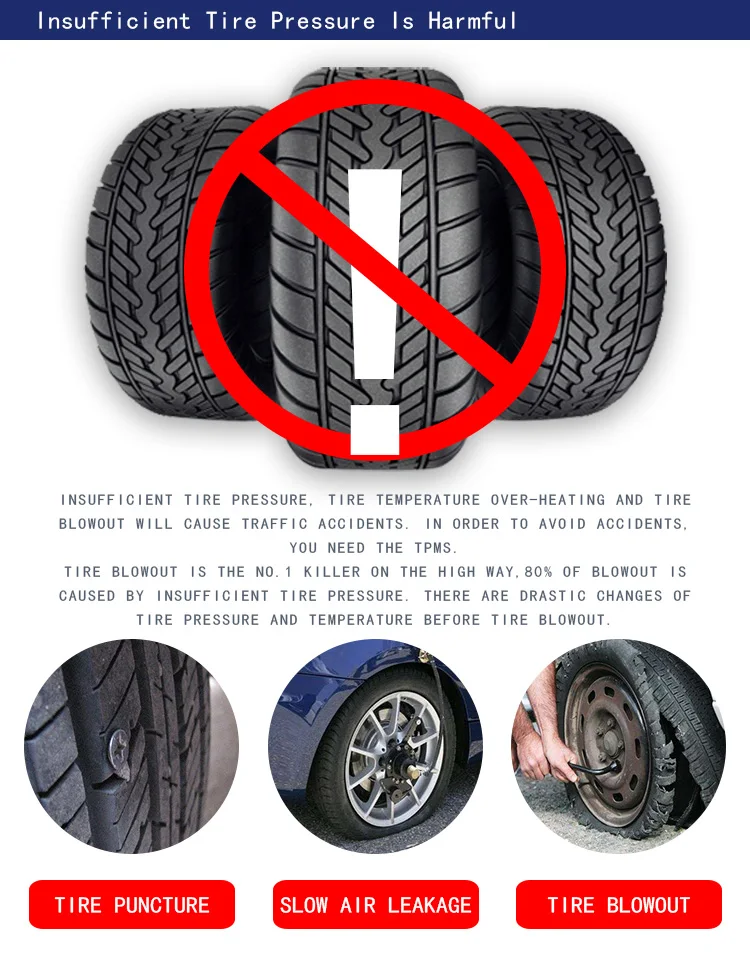
These will let you know when the tire is overheating. Still, deflating a tire when it is hot is not a good idea. Instead, waiting for the tire to cool down a bit would be better.
Not all TPMS sensors offer temperature checking. On the other hand, there are no sensors for instantaneous issues. Road hazards and tire blowouts cannot be detected before the problem occurs.
TPMS displayFAQsYes, tire pressure, when hot temperatures rule, heightens. However, the difference in air pressure levels is not significant as they are higher by only 1 psi (pounds per square inch) for every 10 degrees of Fahrenheit.
Tire pressure builds up as the tires get hot. Tire pressure in hot weather raises the air pressure in tires by 1 psi for every 10 degrees of Fahrenheit change. This means that temperature changes will not cause major differences in psi levels in a regular tire.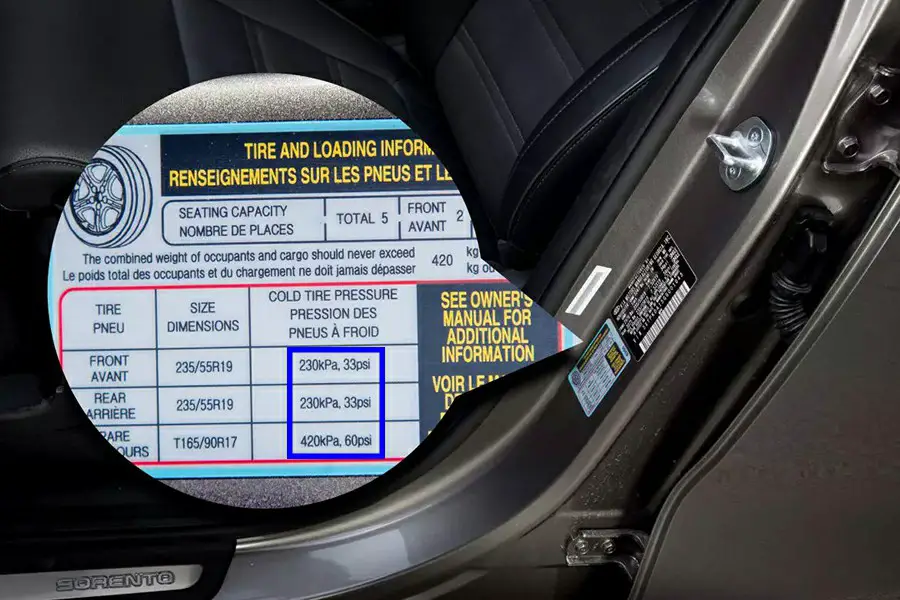
Yes, the tire pressure light can turn on when a drop in temperature occurs. When tire psi levels are near the lower limit and temperature changes suddenly, the TPMS light will either turn on or start blinking. Bringing back normal tire pressure levels should solve the problem.
As repeatedly stated, regular maintenance not only improves mileage, but also increases reliability. Of all the maintenance methods, the most important for us is regular tire pressure checks. The optimum pressure (recommended by the manufacturer) is equal to the optimum return during operation.
Do you know that pressure depends on temperature changes and climatic conditions? Yes, it is - it changes in warm and cold weather. What do we remember from the school physics course? The fact that when heated, the gas expands and increases in volume. And at low temperatures, the gas is compressed.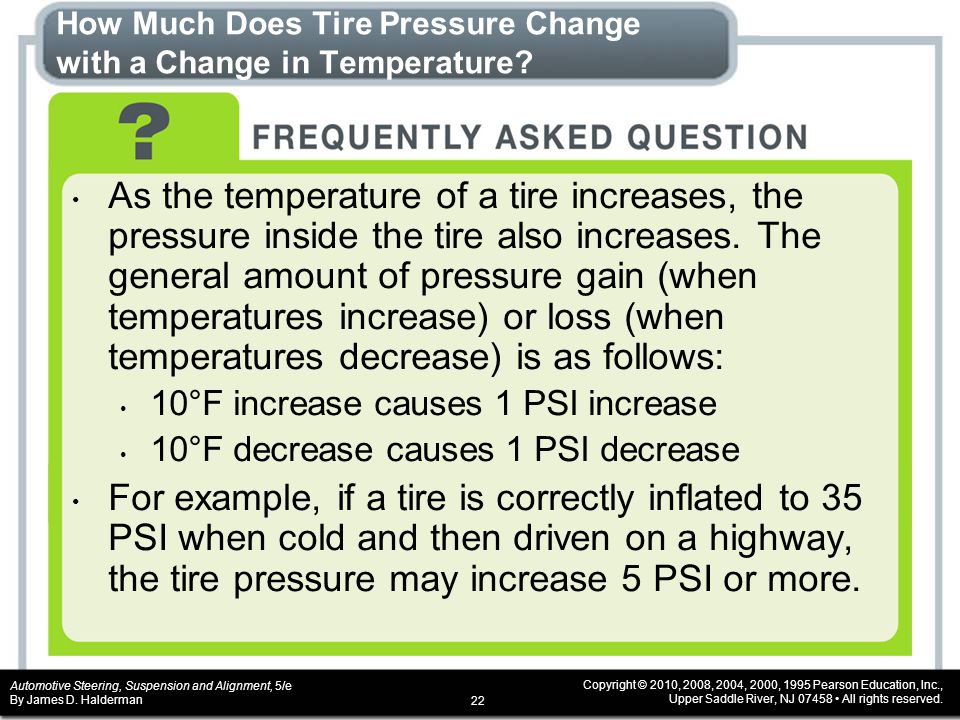 The same process takes place inside your wheels. In countries where the temperature changes significantly throughout the day, it is very important to pay attention to pressure. nine0003
The same process takes place inside your wheels. In countries where the temperature changes significantly throughout the day, it is very important to pay attention to pressure. nine0003
It has been scientifically proven that the internal pressure changes by 3-4% for every 10°C change in temperature. Simply put:
So, that's sorted out. We go further.
Not only the outside air temperature should be taken into account when checking and pumping. There is also the heat generated by the tire itself, which also leads to a change in pressure. nine0003
The crux of the matter is... how does this affect performance?
Imagine this situation: your mechanic checks the tires, and the pressure is normal - exactly according to the manufacturer's recommendations. Everything is fine.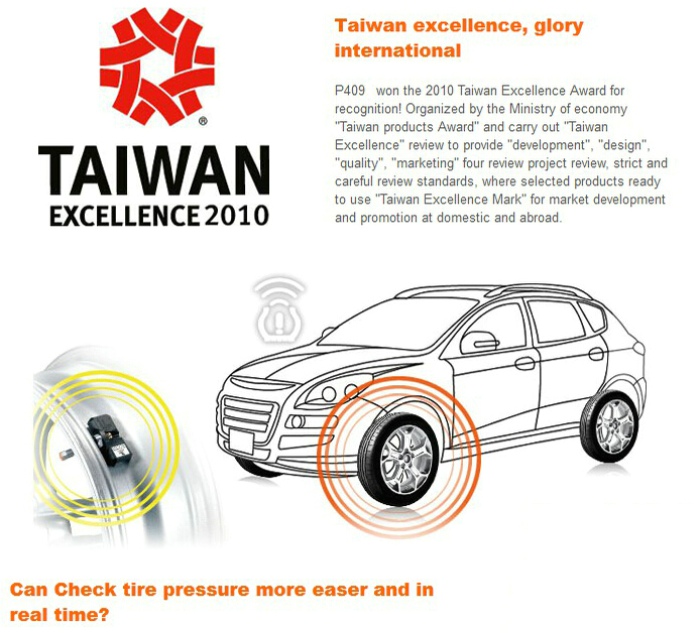 Then (shortly after the pressure test) the ambient temperature rises significantly (this happens in many parts of the world). Plus, the tires warmed up from work. The combination of these two factors leads to a significant increase in pressure and negatively affects performance. nine0003
Then (shortly after the pressure test) the ambient temperature rises significantly (this happens in many parts of the world). Plus, the tires warmed up from work. The combination of these two factors leads to a significant increase in pressure and negatively affects performance. nine0003
Always remember that excessive pressure leads to intense and uneven wear - this is the number one enemy in the operation of the wheels.
The same principle works in the opposite direction: the outside temperature drops sharply (during harsh winters, for example) or when operating on snow or ice. The clutch drops, maneuverability and grip deteriorate, the carcass deteriorates, and fuel consumption increases.
Is there a way to control the situation and how to prevent pressure surges? We strongly recommend that you carefully follow the manufacturer's recommendations. Remember that the nominal pressure must be checked in the morning - when the vehicle has not yet been used and the tires have not warmed up.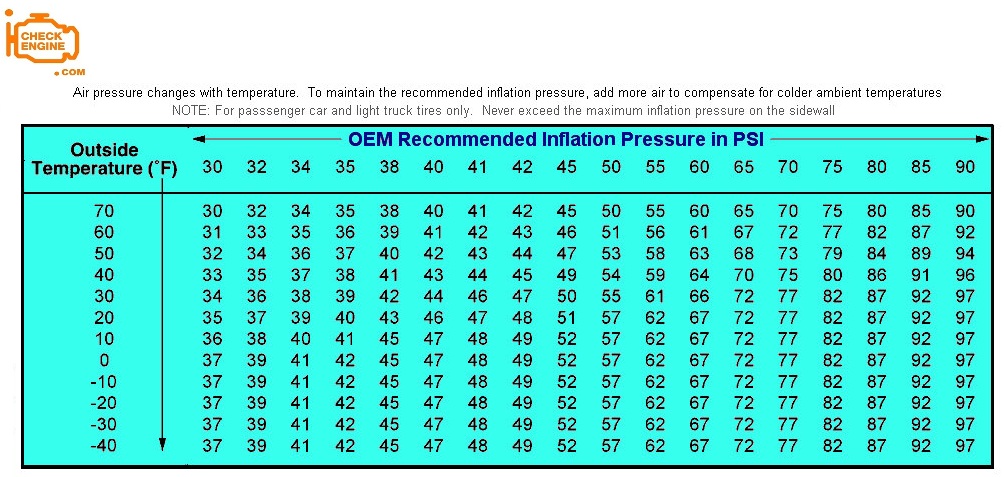 nine0003
nine0003
But if suddenly the outside temperature changes significantly (hard frost or heat), you should deviate slightly from the recommended pressure - in order to avoid potential problems. But try to do it yourself. Always check with a tire specialist beforehand. He will take into account the features of the vehicle, operating mode, temperature and climate, and only then will he give a recommendation for “fine tuning” of the pressure. Remember, if you have any questions about tire pressure, don't hesitate to ask a tire specialist for advice. nine0003
BKT Information
Details on the pressure in the tires of a bicycle are described in a separate article on our website: “Bicycle tire pressure”.
Here we will discuss only one nuance: the effect of temperature on the pressure in the inflated wheel . Moreover, this influence has the same nature and consequences for any tires - bicycle, moped, motorcycle and automobile.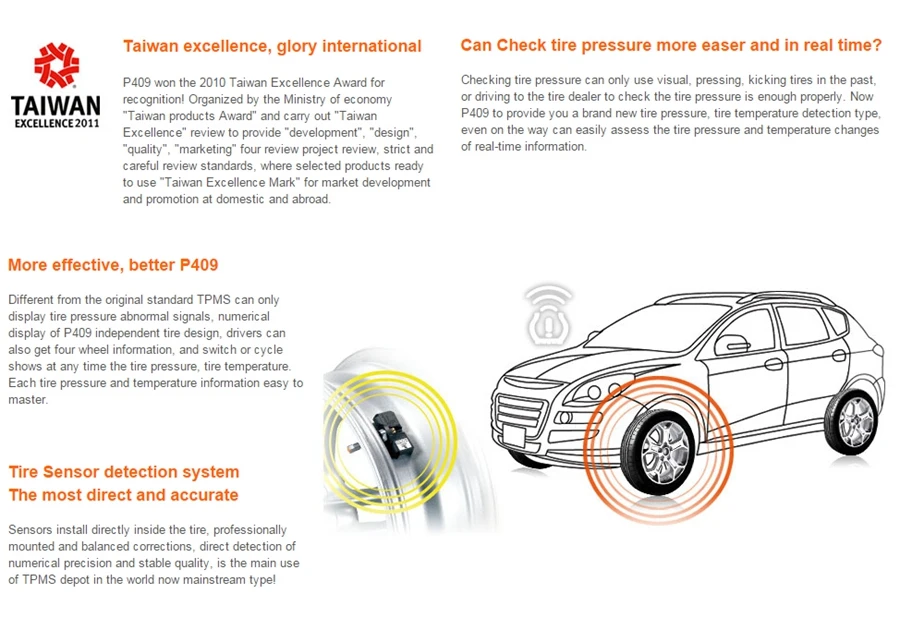 nine0003
nine0003
First of all, on the ambient air temperature where the bicycle (motorcycle, car) is located when parked. Those. if the wheels are inflated to a pressure of 2.5 atmospheres at home or in a garage, where the temperature is 20 ° C, and then the bike (motorcycle, car) goes outside, where the temperature is +30 ° C, then the pressure in the tire rises a little.
Next. The wheels begin to roll on hot asphalt and, accordingly, heat up from contact with the asphalt itself and from the resulting friction force of the rubber on the asphalt. As a result, the pressure rises again. Of course, on a bicycle, frictional heating is very, very small and only concerns big racing professionals, but with a large temperature difference - in extreme heat or cold, this already becomes noticeable. This factor (heating from the friction of rubber on asphalt) is much more important for motorists and motorcyclists - the speed there is much greater than on a bicycle and, accordingly, the friction force is the same.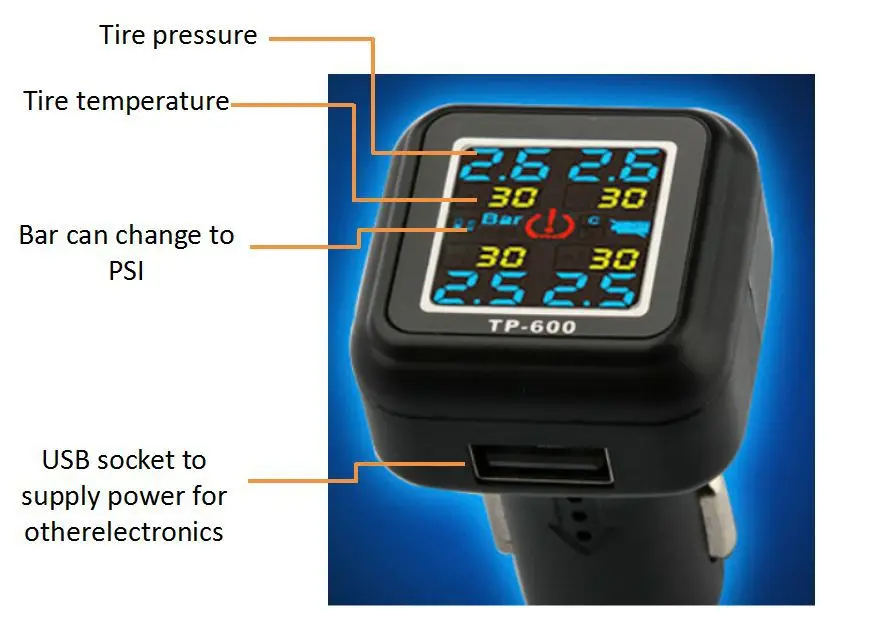 nine0003
nine0003
It cannot be said that this issue is critically important, but it must be taken into account, and this is especially noticeable with significant differences: more than 15-20 degrees.
For example, if a bicycle is stored in a warm apartment or a heated garage in winter at a temperature of +20 - +25 °С, and you ride in winter at -10 °С, then the difference is 30-35 degrees. A bicycle rides on snow, snow crust or ice, cold frozen asphalt, whose temperature is also not +20, and as a result, the pressure in the wheel decreases by about 0.3 bar. And this is already significant. nine0003
We will not go deep into the physics of the process.
This explains Charles's law (Gay-Lussac's second law), which you can read about in physics textbooks or on Wikipedia.
Let's give its main idea and calculation formula.
Charles' Law states that "The pressure of a gas of fixed mass and fixed volume is directly proportional to the absolute temperature of the gas. " In an inflated wheel, there is just gas (air) of a fixed mass and volume, and the higher the temperature, the higher the pressure. In winter, in the cold in the wheels, it decreases, and in the summer in the sun it increases. nine0003
" In an inflated wheel, there is just gas (air) of a fixed mass and volume, and the higher the temperature, the higher the pressure. In winter, in the cold in the wheels, it decreases, and in the summer in the sun it increases. nine0003
The formula for calculating tire pressure depending on air temperature is as follows:
pressure at 25°C use this formula and get:
"Pressure at 0°C" * (273 + 25) / 273
or
2.5 * (273+25) / 273 = 2.73 ≈ 2.7 bar
Recall again that: 273 is the temperature in degrees Kelvin, not degrees Celsius. nine0003
To make life easier, here is a table of changes in pressure in the wheel, inflated at 0°C, depending on the air temperature.
If you measured the pressure at +20°C and want to understand what it will be like outside in winter at a temperature of -15°C, then the formula will take the form:
2.5 * (273 + -15) / (273 + 20) \u003d 2.5 * 258 / 293 \u003d 2.2 bar
In general, if you calculate very roughly and approximately, then we can say that at a pressure of more than 2 bar every 8-10°C change in temperature results in a pressure change of about 0.